Firaxis, the developers behind the long-running Civilization franchise, have finally unveiled gameplay of the seventh entry into the series. In a livestream hosted midway through Gamescom 2024, the developers detailed how they expanded existing features and showcased why in-game societies evolve through time.
Here are all the new features showcased through the Civilization 7 showcase.
1) Evolve through ages in Civ 7
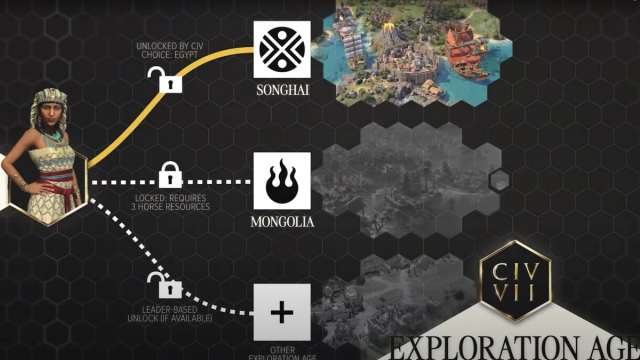
The biggest feature in Civ 7 is the ability to evolve your civilization throughout three different in-game ages. This means players are no longer locked into one civ after starting a match—your choices now determine how your culture and society develop in the antiquity, exploration, and modern ages.
By picking a specific leader, having historic connections, waging wars, trading, or developing technologies, you can unlock new civilizations to transform into. You have three opportunities to change the course of history (and the game) by hopping between different civs to better serve your needs. As you travel through the three ages, you can take aspects of your old civilization and combine them with unique cultural bonuses from other societies.
The developers at Firaxis have revealed certain civilizations are only available to play during specific ages, which replicates the rise and fall of cultures through time. A great example of this would be playing as Rome at the start, but transitioning into Italy towards the end. You can also make drastic changes that don’t match history, such as changing from China to Sweden to better serve your final objectives.
2) Leader flexibility in Civ 7
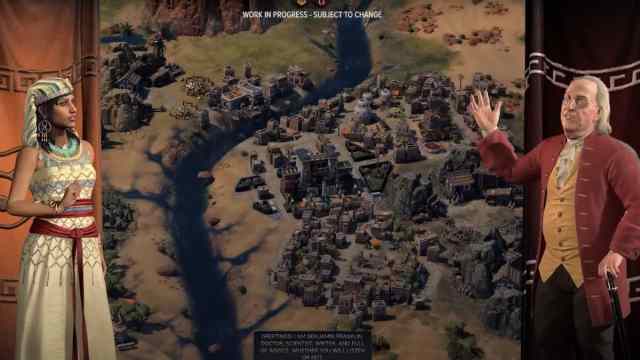
Since civilizations now evolve and change throughout ages, the leaders in Civ 7 are no longer tied to their respective countries. This means leaders have special bonuses that apply to any playable civilization, creating fun combinations and possibilities.
E.g., you can now play Benjamin Franklin as he leads the people of Egypt to prosperity among the stars. In this scenario, you’d get the bonuses of both the Egyptian civ and Benjamin Franklin at the same time. As your civilization evolves throughout the game’s three eras, you’ll earn even more cultural benefits from other civilizations.
Although Firaxis has not shared any detailed information about each leader’s bonuses, you should make your decision carefully, as your leader will stay the same.
3) An updated art, world direction
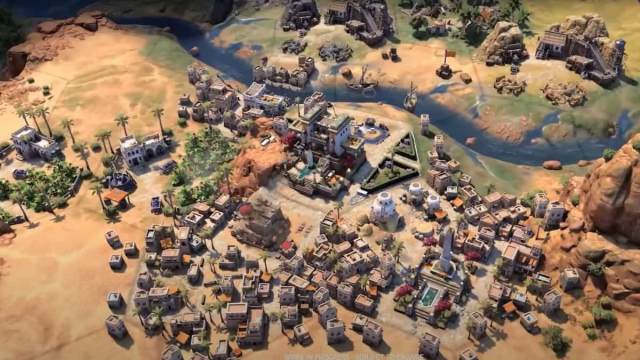
Long-time fans of Civ can rejoice; the art style of Civ 7 has ditched the cartoony aesthetic of Civ 6 in favor of a sleek, modern look. On top of anchoring the game in realism, the devs have updated the terrain generation to prevent irregularities in landscapes.
While none of the gameplay footage reflects the final product, the developers behind Civ 7 want to ensure fans that they are highly focused on providing an interactive world. Most importantly, the development team felt the world of Civ 6 was forgettable. To remedy this issue, the world in Civ 7 updates as you play through the ages.
For example, new resources could become available, different independent nations can rise or fall, and the map will physically expand during each age.
4) Expanded cities and combat in Civ 7
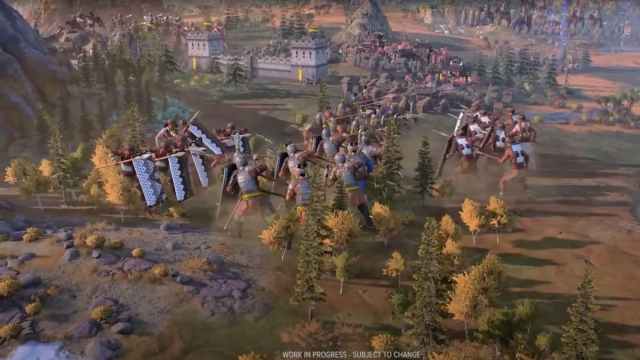
Forming cities and declaring wars have always been two key aspects of the Civ franchise, but they have been greatly expanded and updated in Civ 7. When your settlers venture forth into the world of Civ 7, they will not immediately create cities.
Instead, your settlers will create towns, smaller versions of cities that require careful maintenance to develop. As you provide resources to your towns, free tiles will be developed into housing, greatly increasing your population and the visual size of your empire. The look and feel of your cities will also develop. Certain pieces of technology are only available in a specific Civ 7 age, and any outdated buildings or tech will get automatically visually updated as you transition into a new age throughout your play.
Armies function similarly to previous iterations, but they’re made with much more graphical fidelity. Each unit is now made up of separately animated soldiers, so your armies no longer look like a hive-mind of soldiers completing actions at the exact same time.
Most importantly, the developers at Firaxis have made it clear that there will be a massive amount of new and returning units on offer in Civ 7. This means we’ll get to see classics like swordsmen, while also exploring how other cultures waged war.
Civilization 7 will launch next year on Feb. 11 and is on PC, PlayStation 5, and Xbox X|S. In the meantime, you can head to the official site and preorder the game.


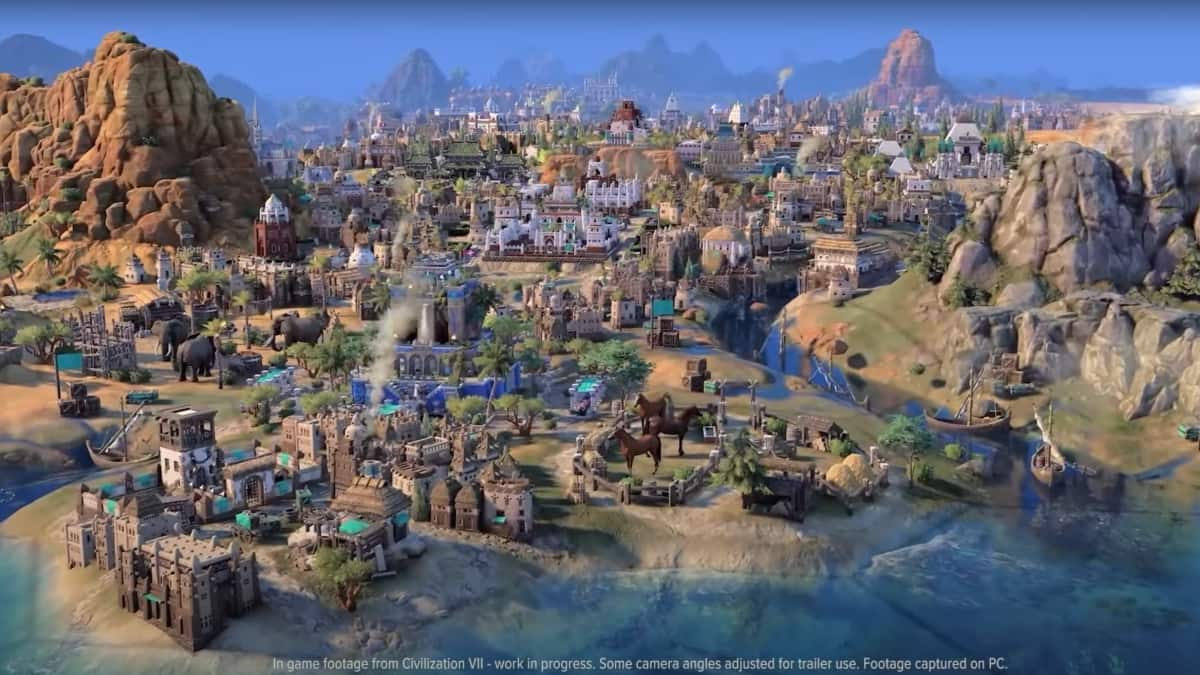


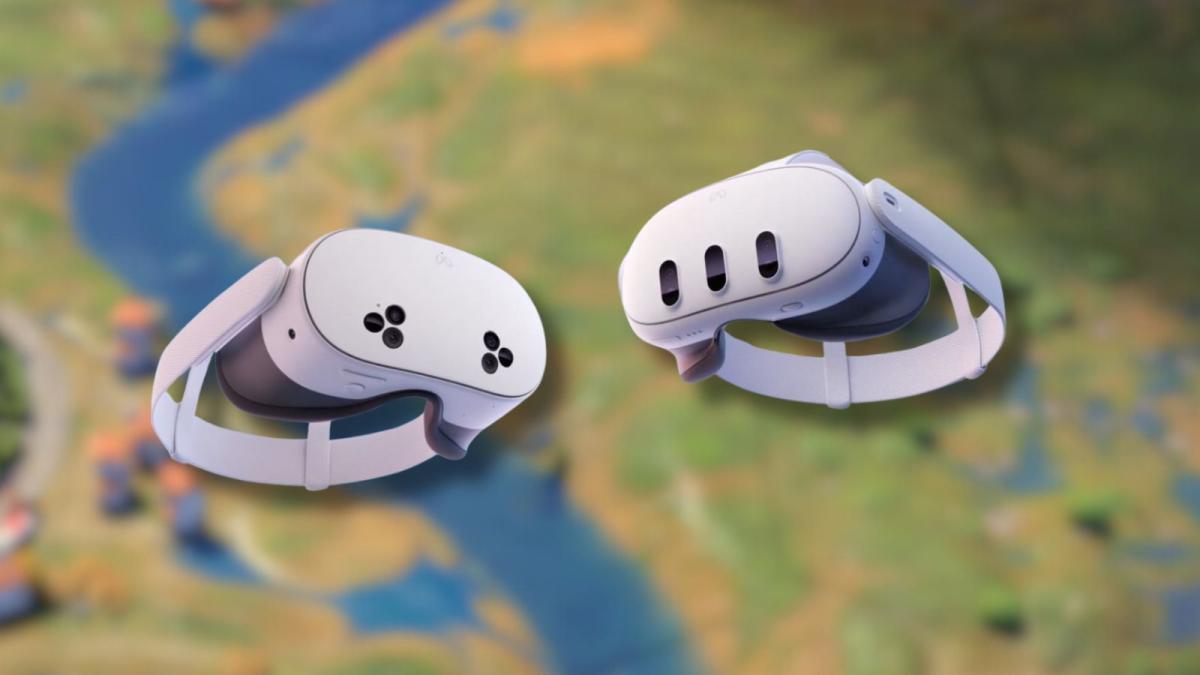
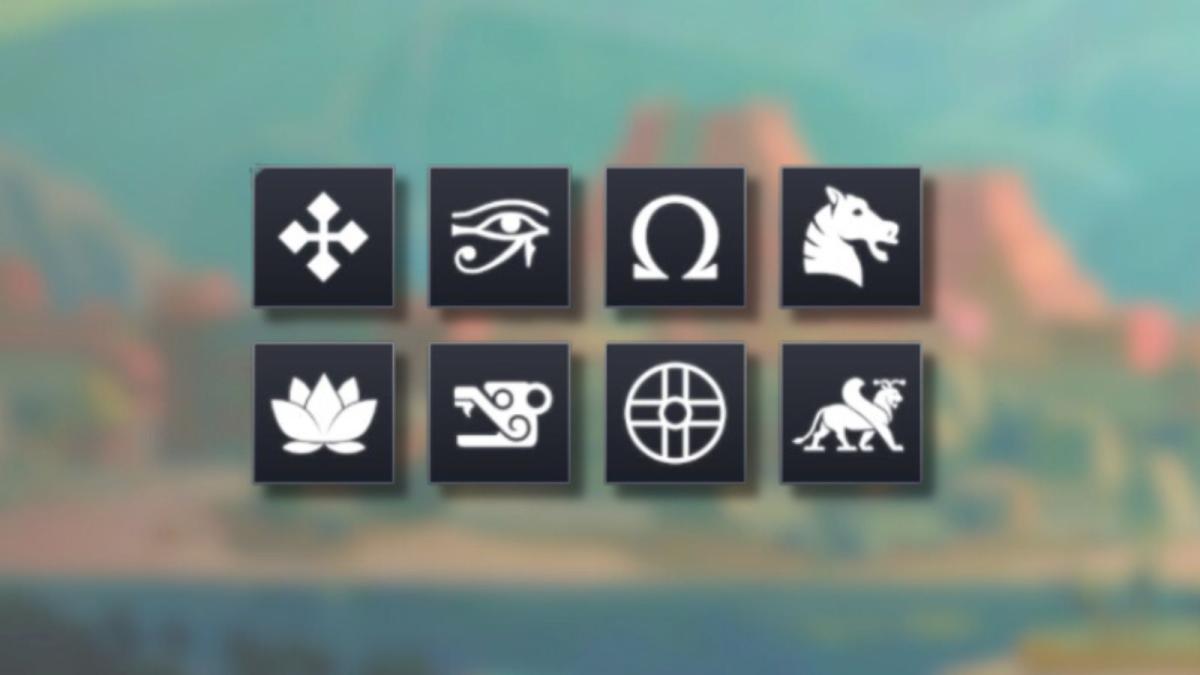
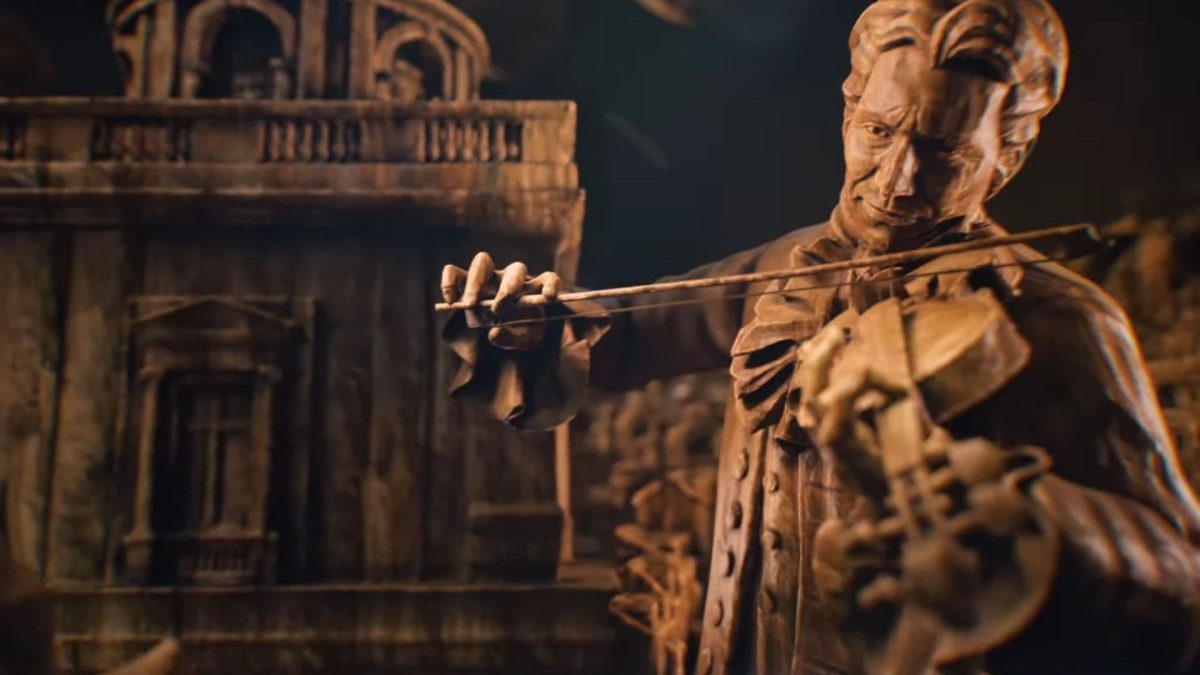
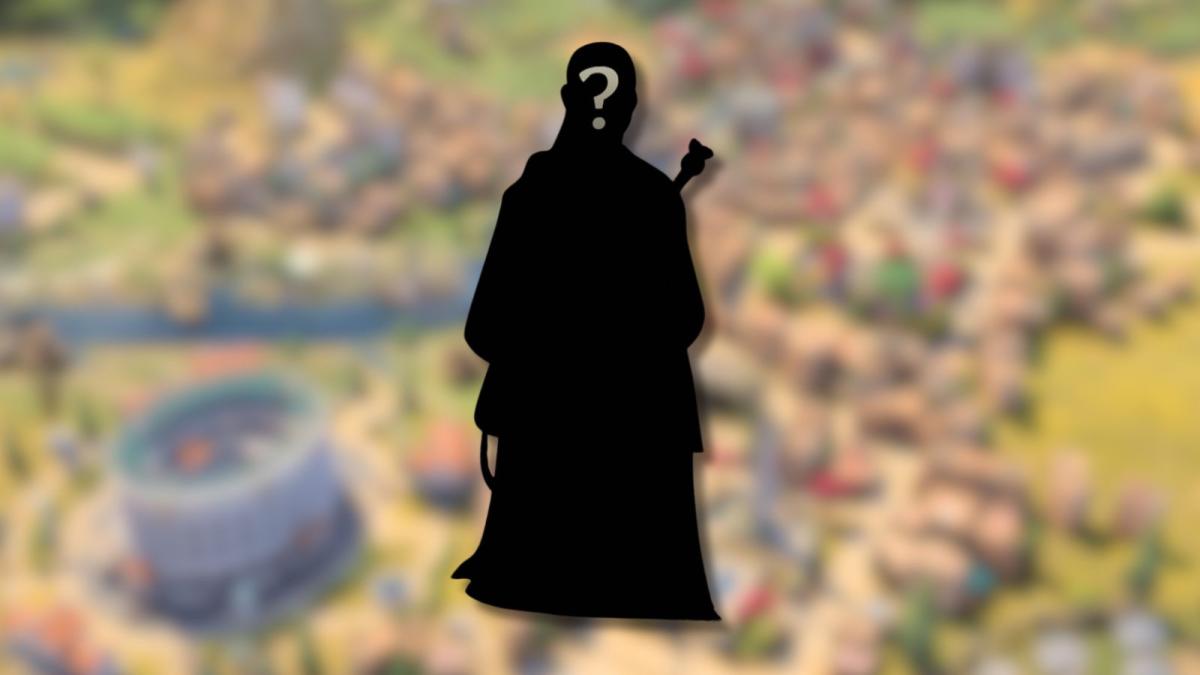
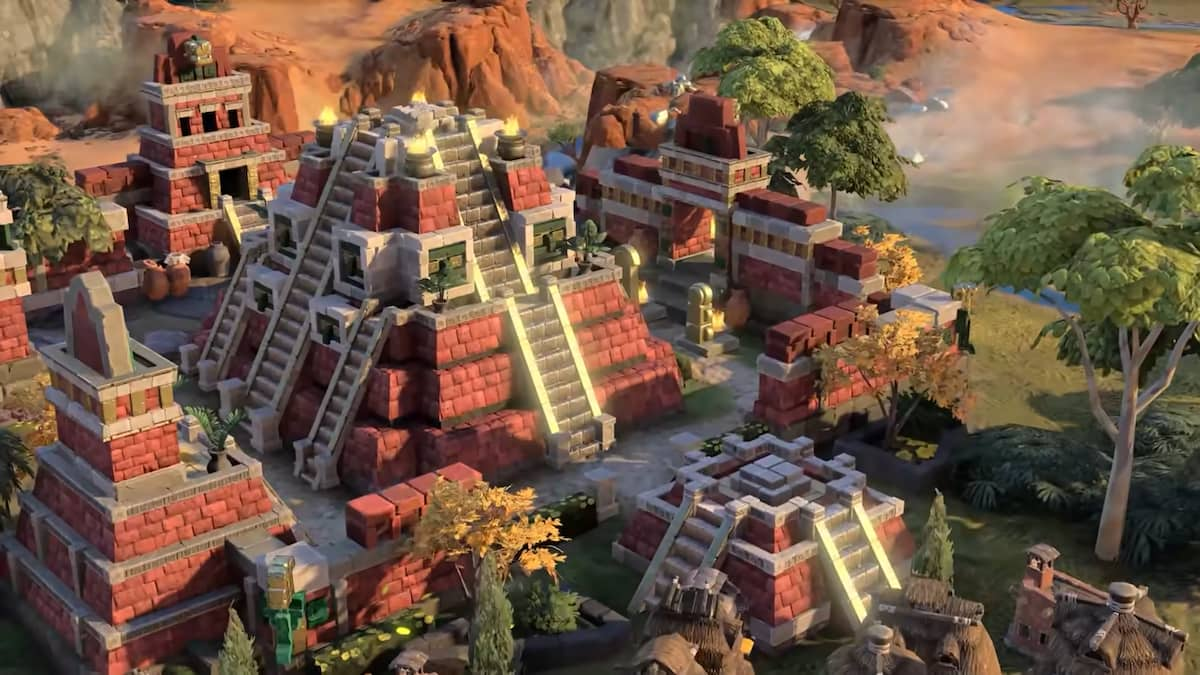
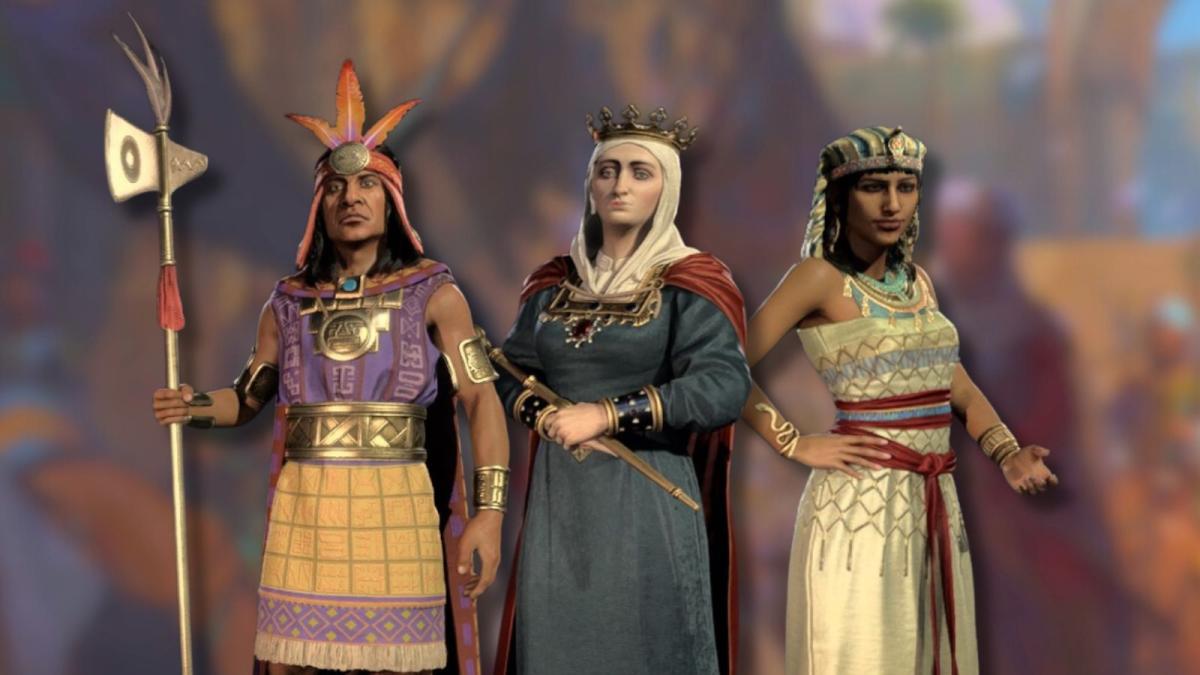
Published: Aug 20, 2024 07:33 pm